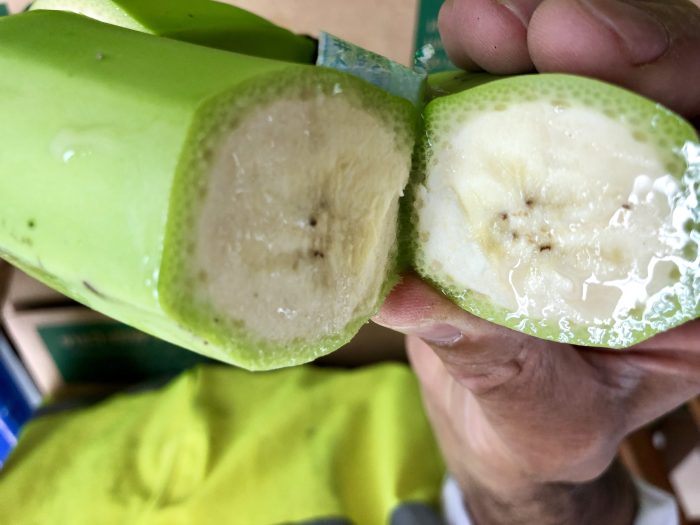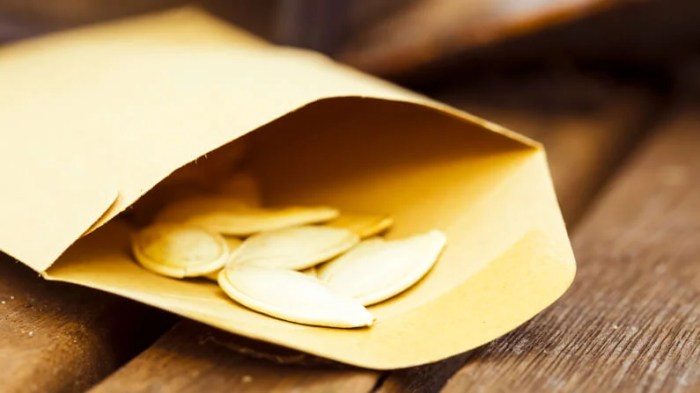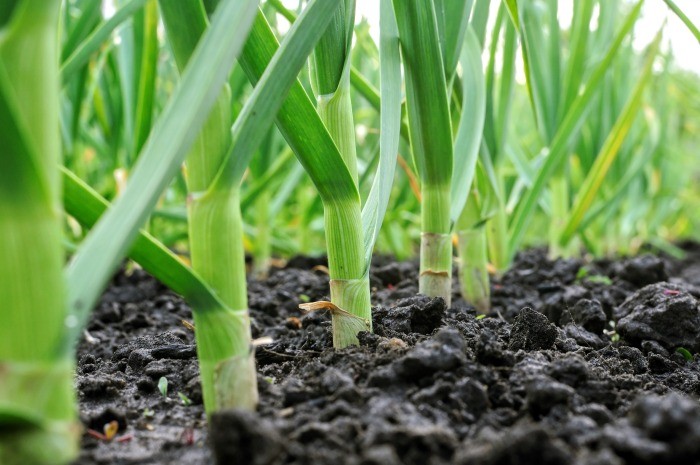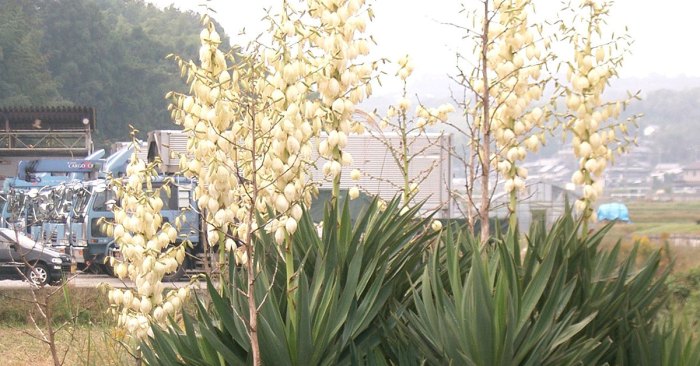Ideal Planting Time for Watermelons
When can you plant watermelon seeds – Successfully growing watermelons hinges on understanding the ideal planting time, which is primarily dictated by soil temperature and the risk of frost. Planting too early exposes seedlings to frost damage, while planting too late shortens the growing season, reducing yield and potentially impacting fruit sweetness.
Soil Temperature and Watermelon Seed Germination
Watermelon seeds require warm soil to germinate effectively. Optimal soil temperature for germination is generally between 70°F and 85°F (21°C and 29°C). Below 70°F, germination is slow and inconsistent; below 60°F (16°C), germination is unlikely. Higher temperatures can also inhibit germination, leading to poor seed emergence.
Determining the Last Frost Date
The last frost date is crucial for determining the appropriate planting time. This date signifies the last expected occurrence of a freezing temperature in your region. You can find your region’s average last frost date through local agricultural extension offices, weather websites (like the National Oceanic and Atmospheric Administration – NOAA in the US), or online gardening resources. Many online tools allow you to input your zip code or location to get a precise estimate.
Optimal Planting Times Across USDA Hardiness Zones
The optimal planting time varies significantly depending on your location’s USDA hardiness zone. The table below provides a general guideline; always check your local conditions and frost dates for the most accurate planting window.
| Zone | Recommended Planting Date Range | Soil Temperature Requirement | Average Last Frost Date (Example – Adjust for your location) |
|---|---|---|---|
| 3-4 | Mid-May to Early June | 70-85°F (21-29°C) | Late May |
| 5-6 | Late April to Mid-May | 70-85°F (21-29°C) | Mid-April |
| 7-8 | Mid-April to Early May | 70-85°F (21-29°C) | Early April |
| 9-10 | March to April | 70-85°F (21-29°C) | Late March |
Impact of Early and Late Planting
Planting too early exposes seedlings to the risk of frost damage, resulting in stunted growth or plant death. Late planting, on the other hand, reduces the growing season, potentially leading to smaller, less ripe watermelons. The ideal planting time ensures sufficient time for the plant to mature fully, resulting in high-quality, flavorful fruit.
Seed Starting Indoors vs. Direct Sowing
Watermelon seeds can be started indoors or sown directly outdoors. Each method presents advantages and disadvantages that should be considered based on your climate, resources, and experience level.
Advantages and Disadvantages of Indoor and Outdoor Seed Starting
The choice between starting watermelon seeds indoors or directly sowing them outdoors depends on several factors. Indoor starting offers a head start on the growing season, but requires more effort and resources. Direct sowing is simpler but exposes seedlings to environmental risks.
| Method | Pros | Cons |
|---|---|---|
| Indoor Seed Starting |
|
|
| Direct Sowing |
|
|
Steps for Starting Watermelon Seeds Indoors
Starting watermelon seeds indoors involves selecting high-quality seeds, using a well-draining potting mix, and carefully transplanting seedlings into the garden once the danger of frost has passed.
- Select high-quality seeds from a reputable source.
- Plant seeds in small pots or seed trays filled with a seed-starting mix.
- Keep the soil consistently moist but not soggy.
- Provide adequate warmth and light, ideally with grow lights.
- Once seedlings have developed several true leaves, gradually harden them off before transplanting outdoors.
Steps for Direct Sowing Watermelon Seeds Outdoors
Direct sowing involves planting seeds directly into the prepared garden bed. Ensure proper seed spacing and depth for optimal growth.
- Prepare the soil by tilling and amending as needed.
- Plant seeds 1 inch deep and 2-3 feet apart.
- Water thoroughly after planting.
- Thin seedlings to one plant per hill once they have several true leaves.
Soil Preparation and Site Selection: When Can You Plant Watermelon Seeds
Proper soil preparation and site selection are critical for successful watermelon cultivation. Watermelons thrive in well-drained soil with adequate nutrients and sunlight.
Importance of Well-Drained Soil
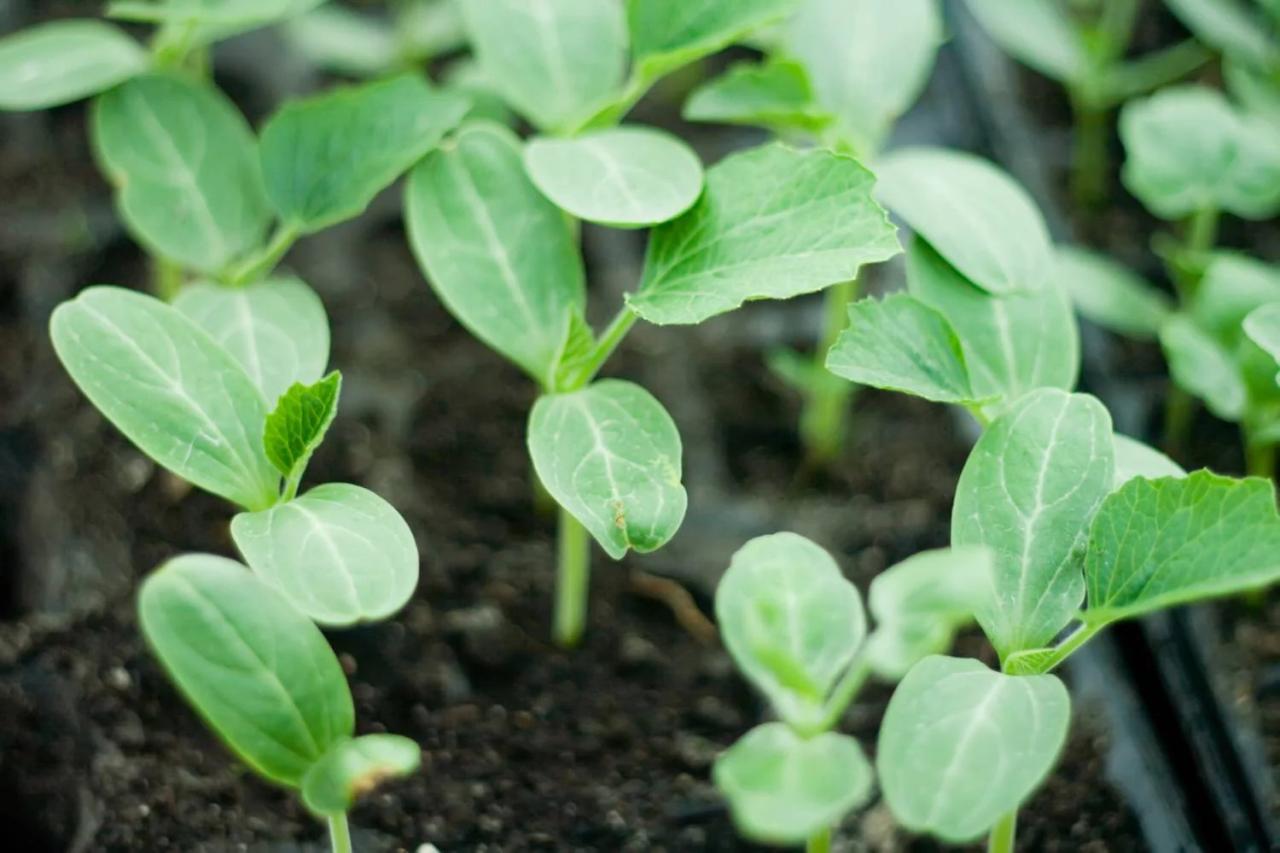
Source: shopify.com
Watermelons are susceptible to root rot in poorly drained soils. Well-drained soil ensures proper aeration and prevents waterlogging, which can damage roots and hinder growth.
Ideal Soil pH
The ideal soil pH for watermelons is slightly acidic to neutral, ranging from 6.0 to 6.8. A soil test can determine your soil’s pH, and amendments can be added to adjust it to the optimal range.
Amending Heavy Clay Soils
Heavy clay soils can be improved by incorporating organic matter such as compost or well-rotted manure. This improves drainage, aeration, and water retention.
Essential Soil Nutrients
Watermelons require a balanced supply of essential nutrients, including nitrogen (N), phosphorus (P), and potassium (K), as well as secondary nutrients like magnesium and calcium. A soil test can identify nutrient deficiencies, which can then be addressed through fertilization.
Watermelon Seed Varieties and Selection
Choosing the right watermelon variety is essential for success. Consider factors such as days to maturity, fruit size, shape, and flavor profile when selecting seeds.
Characteristics of Different Watermelon Varieties
Watermelon varieties differ in size, shape, rind color, flesh color, and flavor. Some popular varieties include ‘Crimson Sweet’ (large, sweet), ‘Sugar Baby’ (small, sweet), and ‘Black Diamond’ (black rind, red flesh).
Comparison of Early, Mid-Season, and Late-Season Varieties
The days to maturity vary significantly across different watermelon varieties. Early-season varieties mature quickly, while late-season varieties require a longer growing season.
The best time to plant watermelon seeds is after the last frost, when soil temperatures are consistently warm. Successfully germinating seeds depends on several factors, and understanding those principles can help you with other fruits, such as learning how to plant lychee seeds, which you can find a guide for here: how to plant lychee seed. Ultimately, though, the ideal planting time for watermelons hinges on your local climate and ensuring consistently warm conditions for optimal growth.
| Variety Name | Days to Maturity | Fruit Size/Weight | Notable Characteristics |
|---|---|---|---|
| Early Sweet | 70-75 days | Small to medium | Early maturity, sweet flavor |
| Crimson Sweet | 80-85 days | Large | Classic sweet watermelon |
| Black Diamond | 85-90 days | Medium | Dark rind, sweet red flesh |
| Sugar Baby | 75-80 days | Small | Small, very sweet |
Importance of Disease-Resistant Varieties, When can you plant watermelon seeds
Selecting disease-resistant varieties can significantly reduce the risk of crop loss due to common watermelon diseases such as fusarium wilt and anthracnose.
Selecting High-Quality Watermelon Seeds
Choose seeds from reputable suppliers, ensuring they are plump, firm, and free from damage or discoloration. Check the seed packet for germination rates and planting instructions.
Post-Planting Care
Providing proper post-planting care is crucial for healthy watermelon growth and high yields. This includes regular watering, fertilization, pest and disease control, and monitoring plant health.
Importance of Regular Watering
Watermelons require consistent moisture, especially during fruiting. Water deeply and regularly, aiming to keep the soil consistently moist but not waterlogged. Mulching can help retain soil moisture.
Fertilizing Watermelon Plants
Watermelons benefit from regular fertilization to ensure adequate nutrient supply. Use a balanced fertilizer according to package instructions, applying it at the recommended intervals.
Controlling Common Watermelon Pests and Diseases
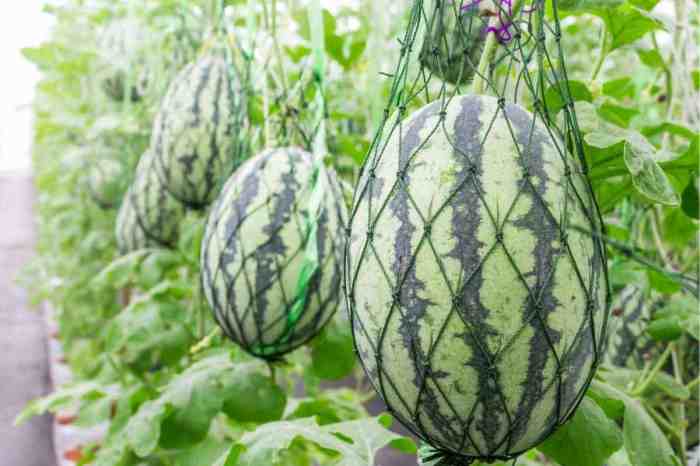
Source: growfully.com
Monitor plants regularly for signs of pests and diseases. Common pests include aphids, squash bugs, and spider mites. Common diseases include fusarium wilt, anthracnose, and downy mildew. Implement appropriate control measures, such as using insecticidal soap or fungicides, as needed.
Visual Representation of a Healthy Watermelon Plant at Different Growth Stages
A healthy watermelon plant goes through distinct growth stages. Seedlings emerge with small, heart-shaped cotyledons (seed leaves). As they grow, true leaves develop, exhibiting a lobed, palmate shape. The plant’s vines spread, producing tendrils for support. Flowers appear, followed by the development of small fruits which gradually enlarge to mature watermelons.
A mature plant will have large, dark green leaves, strong vines, and fully developed fruit.
General Inquiries
What type of soil is best for watermelons?
Watermelons thrive in well-drained, sandy loam soil. Avoid heavy clay soils which retain too much moisture.
How deep should I plant watermelon seeds?
Plant watermelon seeds about 1 inch deep.
How far apart should I space watermelon plants?
Spacing depends on the variety, but generally allow 2-4 feet between plants.
What should I do if my watermelon plants show signs of disease?
Consult a local gardening expert or agricultural extension office for diagnosis and treatment options. Proper sanitation and disease-resistant varieties can help prevent issues.







